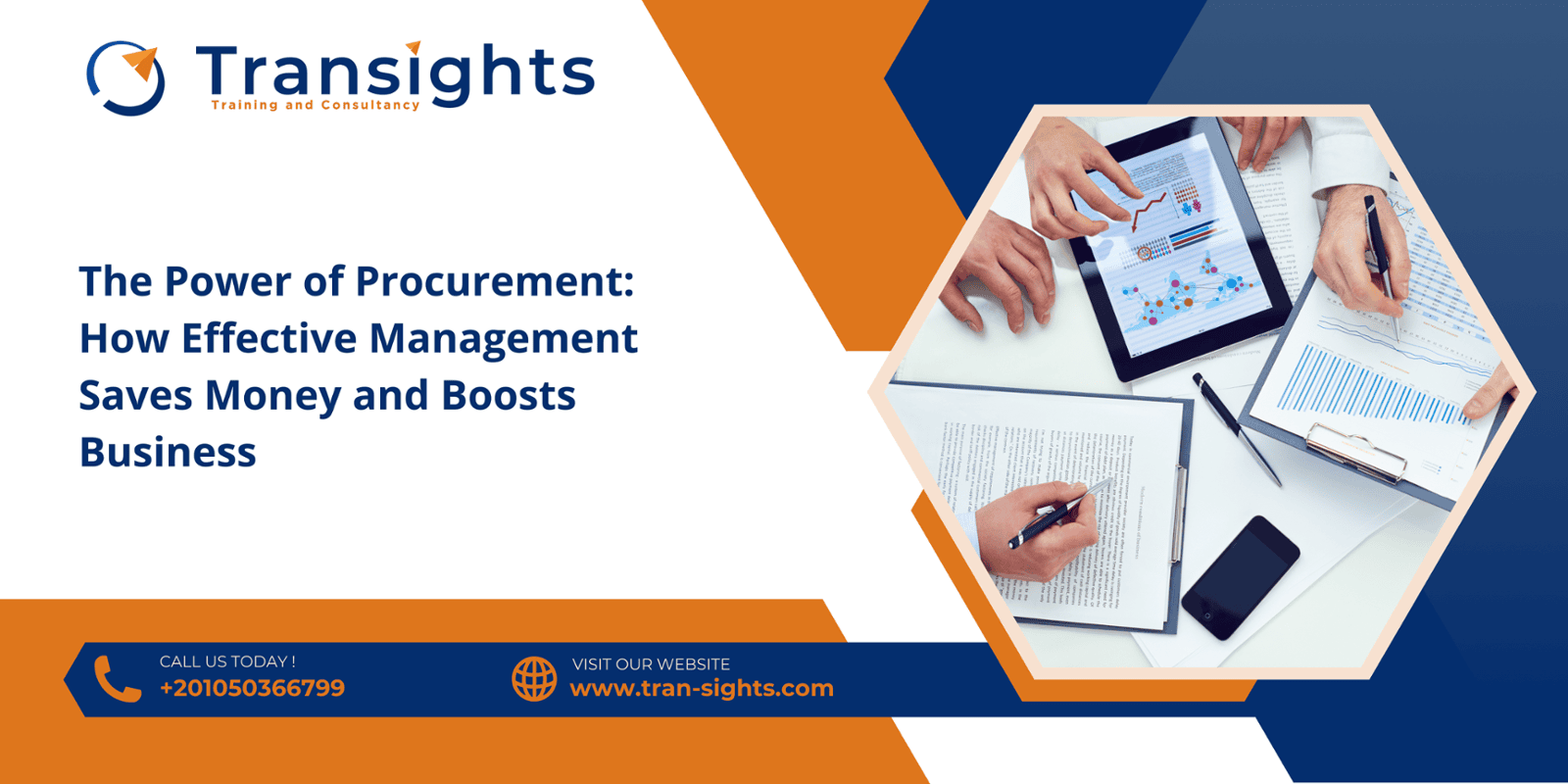
Procurement management, often referred to as "source-to-settle," is much more than just purchasing goods and services. It's the strategic oversight of all the processes involved in acquiring what your organization needs to function effectively. This includes everything from identifying and vetting suppliers to negotiating contracts, managing orders, and ensuring timely payments.
Why is Procurement Management Important?
Why is Procurement Management Important?
In today's competitive business environment, organizations are constantly looking for ways to reduce costs and streamline operations. Procurement management plays a vital role in achieving these goals. Here's how:
Cost Savings: Effective procurement can significantly reduce costs by negotiating better deals with suppliers, identifying and eliminating waste, and ensuring you get the best value for your money.
Efficiency and Productivity: Streamlined procurement processes minimize delays and ensure goods and services are delivered when needed, keeping your organization running smoothly.
Risk Mitigation: A robust procurement process helps mitigate risks associated with suppliers, such as quality issues, financial instability, or disruptions in the supply chain.
Improved Supplier Relationships: Building strong relationships with qualified suppliers fosters collaboration and innovation, leading to better products and services.
The Procurement Management Process
The Procurement Management Process
While the specifics may vary depending on the organization, a typical procurement management process follows these key steps:
Needs Identification: Identifying what goods and services are required and in what quantities.
Supplier Sourcing and Evaluation: Researching potential suppliers, assessing their qualifications, and negotiating contracts.
Purchase Order Processing: Issuing formal purchase orders that detail the agreed-upon terms.
Goods or Service Receipt and Inspection: Ensuring what is delivered meets the agreed-upon specifications.
Invoice Reconciliation and Payment: Verifying invoices are accurate before processing supplier payments.
Investing in Procurement Management
Investing in Procurement Management
By implementing effective procurement strategies and potentially utilizing procurement management software, organizations can unlock significant benefits. Here are some ways to invest in your procurement function:
Develop a Procurement Policy: A clear policy outlines the organization's procurement practices and ensures consistency.
Build a Skilled Procurement Team: Investing in training and development for your procurement staff empowers them to make informed decisions.
Leverage Technology: Procurement software can automate tasks, improve data analysis, and streamline communication with suppliers.
Conclusion
Effective procurement management is no longer a back-office function; it's a strategic driver of business success. By optimizing procurement processes, organizations can achieve cost savings, improve efficiency, and gain a competitive edge.

